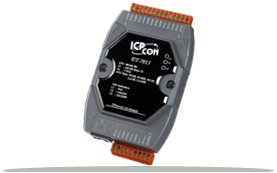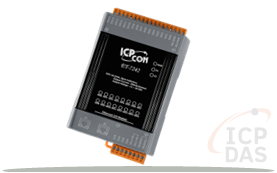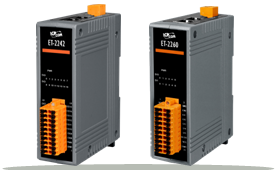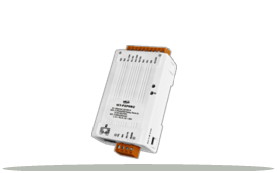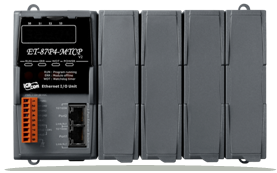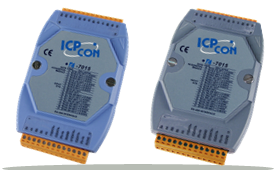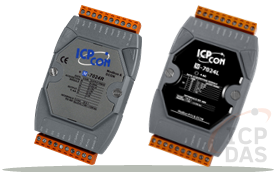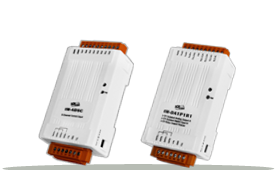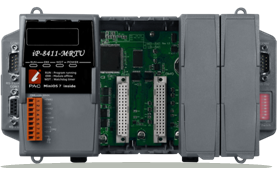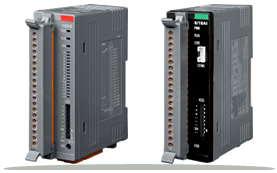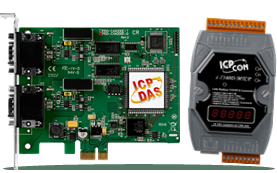LP-9000 Introduction
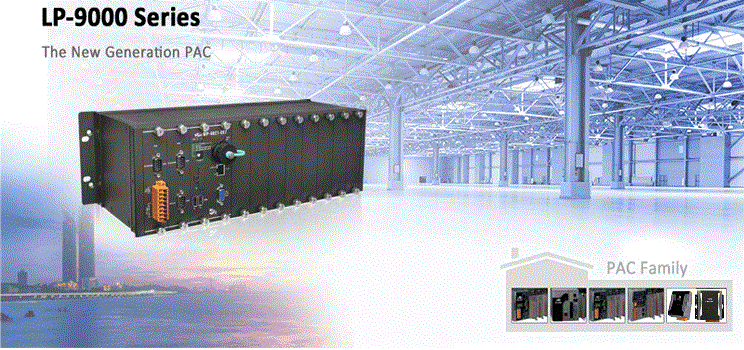
Nowadays, Linux has been adopted widely by many users because of the properties of stability, open source, and free of charge. In the mean while, owing to the great supports from more and more companies and the mature development, Linux is now becoming one of the most popular OS on the market.
The LinPAC-9000 is new generation Linux-based PAC from ICP DAS and is equipped with a powerful CPU module running a Linux kernel 3.x operating system, various communication interfaces (VGA, USB, Ethernet and RS-232/485) and slots for both high performance parallel bus type (high profile I-9K series) and serial bus type (high profile I-97K series) I/O modules.
Compared with the first generation LinPAC-9000, not only is the CPU performance improved have been added (1.0 GHz) and support Linux kernel 3.x, but many reliability features, such as dual LAN, redundant power input, and dual battery backup SRAM, etc., making the LinPAC-9000 one of the most powerful systems available.
Software Features
-
Remote Maintenance via SFTP/FTP Server and SSH/Telnet Software
-
Rich Software Solutions
Hardware Features
-
Powerful CPU Module
-
Built-in VGA Port
-
64-bit Hardware Serial Number
-
Rich I/O Expansion Ability (RS-232/485, Ethernet, FRnet, CAN)
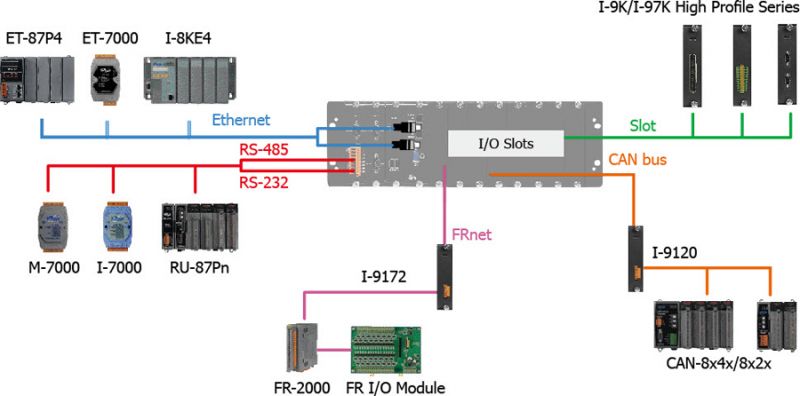
-
Dual Watchdog Timer
-
Dual Ethernet Ports
-
Rugged RJ-45 connector for LAN1
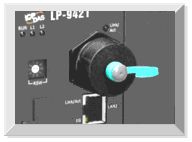
-
Metal Enclosures
-
Redundant Power Inputs
-
Ventilated Housing Design Allows Operation Between -25°C ~ +75°C
|
|
||||||||||
|
Standard LP-9000 (Linux Kernel Inside)
The controller supports following software development tools: 1. LinPAC SDK for Linux environment 2. LinPAC SDK for Windows environment |
||||||||||
| Model | OS | CPU | System Memory | Non-Volatile Memory | Storage | VGA Resolution |
Ethernet Port |
USB Port | RS-232/ RS-485 |
I/O Slot |
|---|---|---|---|---|---|---|---|---|---|---|
| LP-9221
|
Linux kernel 3.2.14 | Cortex-A8, 1.0 GHz |
512 MB DDR3 SDRAM | 128 KB MRAM, 16 KB EEPROM |
512 MB Flash, 4 GB microSD card |
1280 x 1024
|
2 | 2 | 4 | 2 |
| LP-9421
|
4 | |||||||||
| LP-9821
|
8 | |||||||||

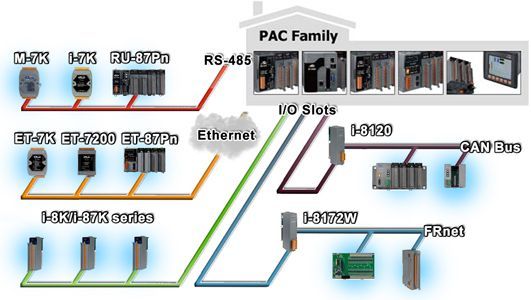
Remote I/O Selection
Ethernet
The available Ethernet I/O devices are ET-7000, ET-7200, ET-87P4/8-MTCP and I-8KE4/8-MTCP. The PAC can access them in Modbus/TCP protocol. A nModbus.dll is provided for C#, VB.net programming.
RS-485
The PACs are equipped with the RS485 COM ports which enable the transmission rate up to a maximum of 115.2 Kbps. The medium for connection is a twisted-pair, multi-drop, 2-wire RS-485 network that can link I-7000, M-7000, RU-87Pn with high profile I-87K modules. To access M-7000, a nModbus.dll is provided for C#, VB.net programming. To access I-7000 and RU-87Pn with high profile I-87K modules, PACSDK is provided for C#, VB.net, VC and VB programming.
FRnet
FRnet is an innovative industrial field bus that has many special features, such as high-speed deterministic I/O control, real I/O synchronization capabilities, non-protocol communication, and easy programming. With a FRnet communication module (I-8172W), the PAC can link FRnet I/O modules to implement high-speed distributed I/O (FR-2000 series). To access I-8172W, a pac_i8172w.dll is provided for C#, VB.net, VC and VB programming.
CAN Bus
The Controller Area Network (CAN) is a serial communication way, which efficiently supports distributed real-time control with a very high level of security. It provides the error-processing mechanisms and concepts of message priority. These features can improve the network reliability and transmission efficiency. Furthermore, CAN supplies the multi-master capabilities, and is especially suited for networking“intelligent” devices as well as sensors and actuators within a system or a sub-system. With I-8123, I-8124, I-87120, the PAC is able to demonstrate every feature of CAN, CANopen, and DeviceNet.

